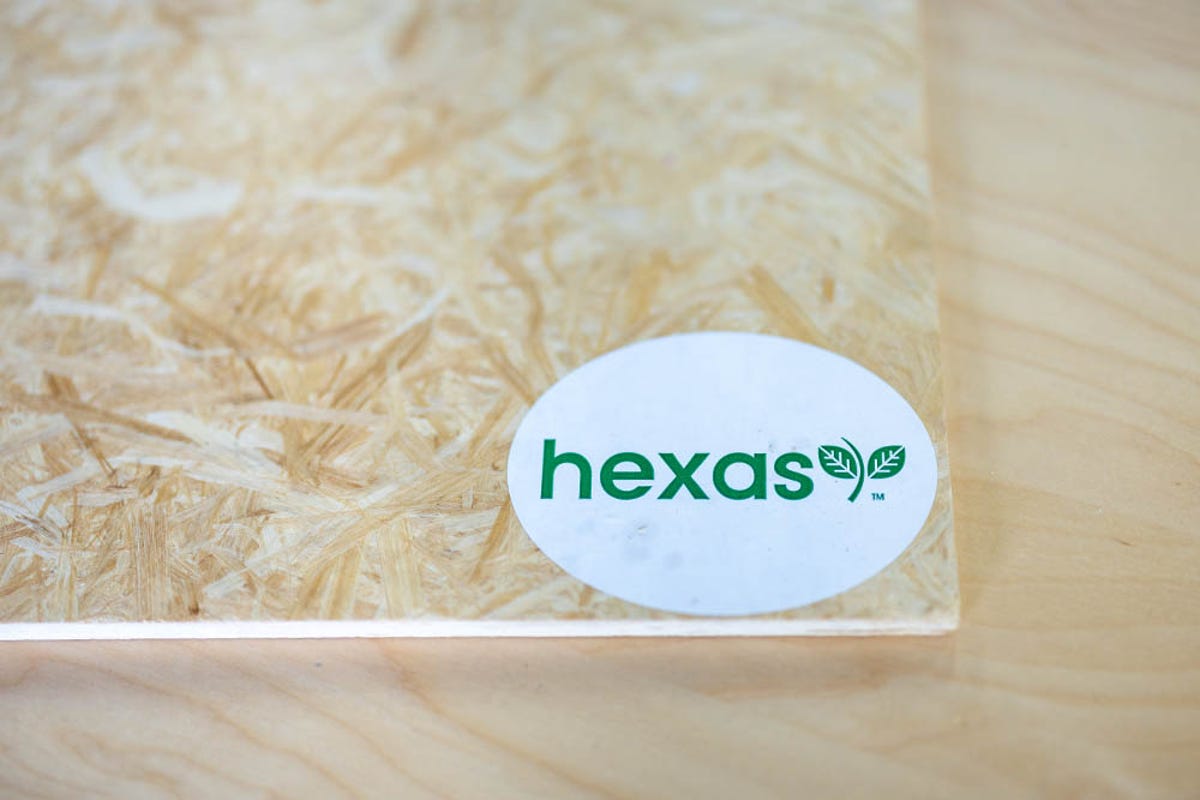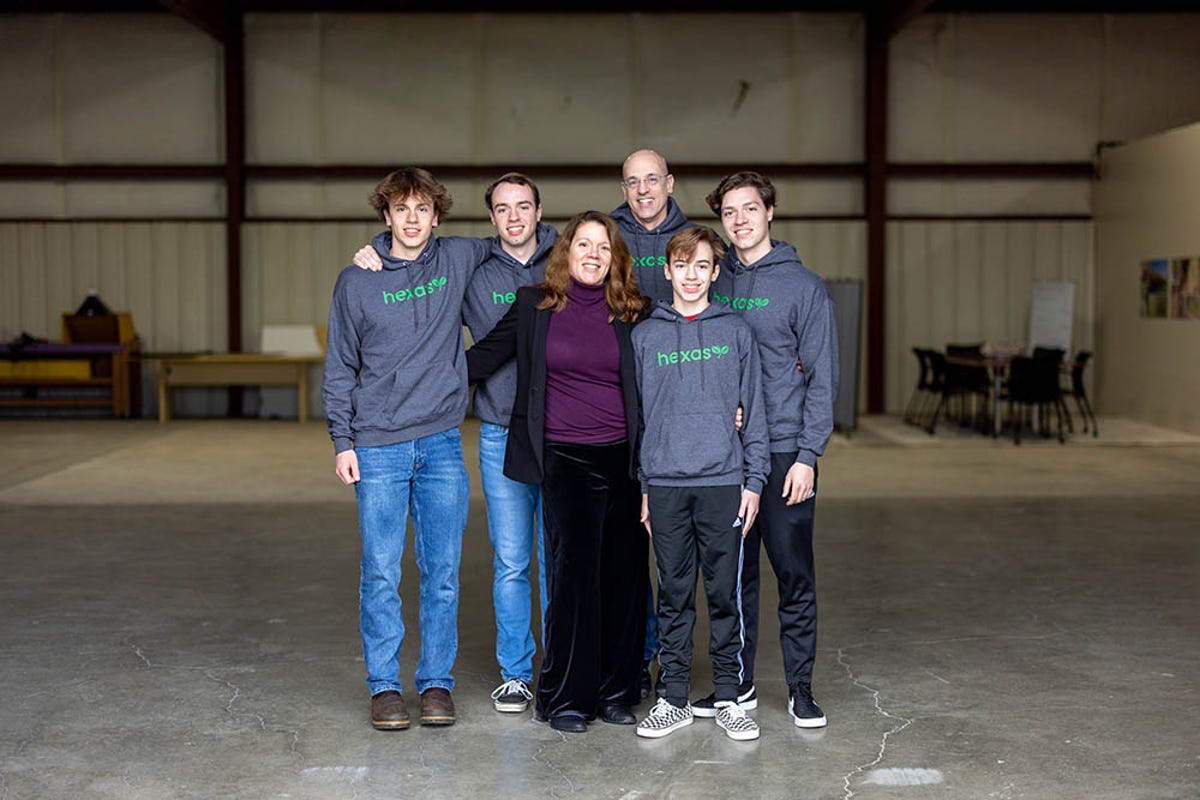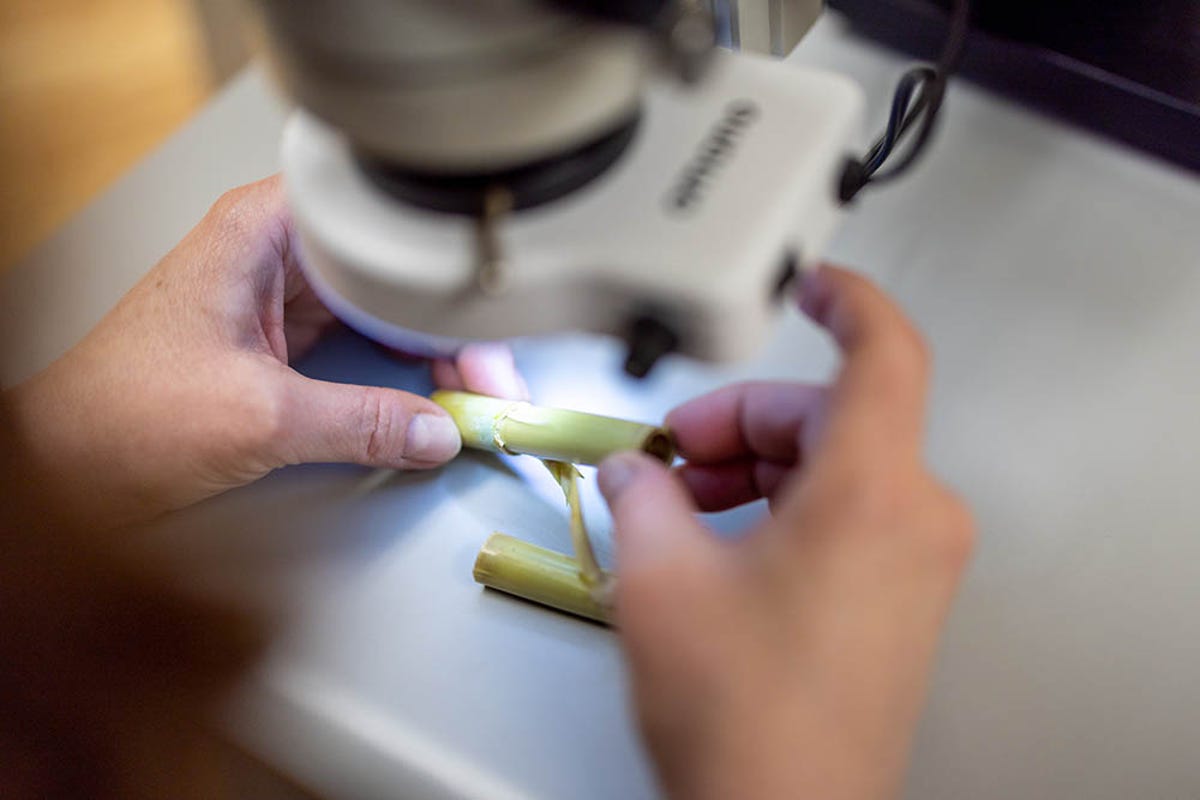Fellow Portrait
Wendy Owens
Hexas Biomass Inc.
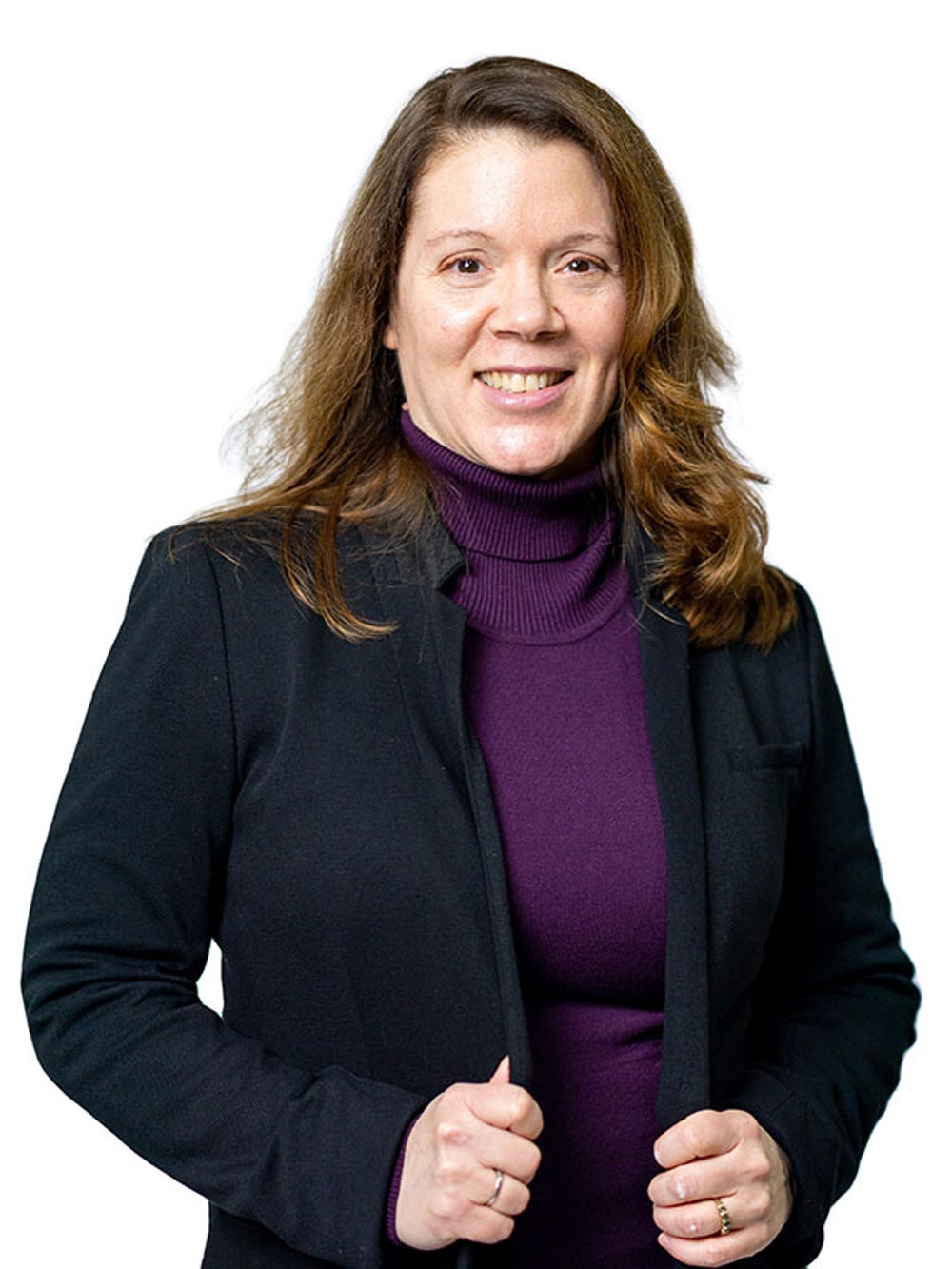
Hexas’ low-costs, sustainable, plant-based materials replace wood and fossil fuel-based raw materials in multiple applications.
North America
United States
Fellow
2023
Updated March 2023
Every lost tree means 50 pounds more carbon in the atmosphere
Forests are central in ameliorating climate change, with a mature tree consuming about 50 pounds of carbon annually (source: MIT Climate Portal). Yet each year, 15 billion trees—half a percent of Earth’s estimated three trillion trees—are cut down. A portion goes to producing the more than 189 million metric tons of wood pulp the world used in 2021 (source: statista). Much of that becomes paper, beverage cups, and other non-durable goods.
“I don't like to see trees cut down indiscriminately and burned or used for toothpicks when you have an alternative that can be purposefully grown in an agricultural setting,” says Wendy Owens, founder of Hexas Biomass. “I mean—it's a tree!” The alternative she refers to is her company’s XanoFiber™ product.
I love nature. As a child, I spent time outdoors climbing trees, jumping in streams. Then I led hiking and canoeing trips—my job was being outside. Seeing nature impacted to such a degree made me want to dedicate my life to recovering what we’ve lost and preserving what we have.
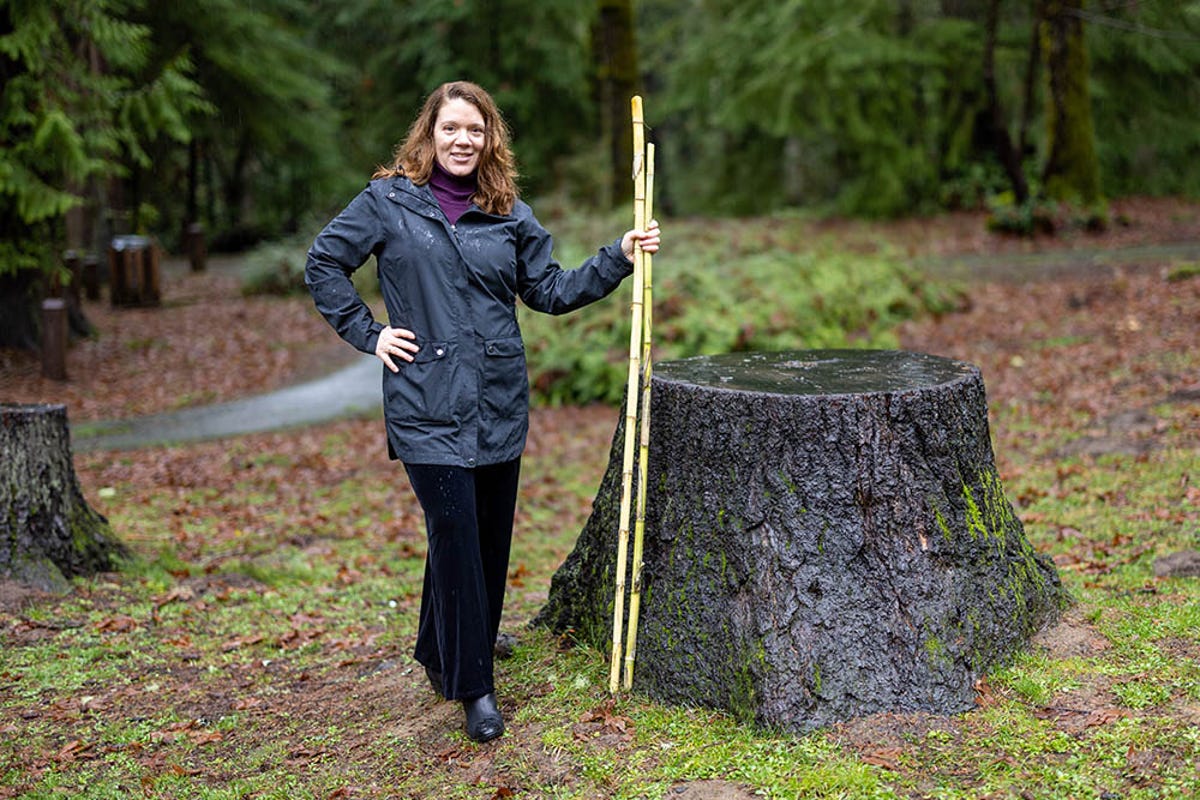
Nature inspires a renewable alternative for wood
In 2015, Wendy, a seasoned entrepreneur who describes nature as being her first paying job, was introduced to a species of wild grass with intriguing characteristics. “I thought this would be phenomenal to replace wood. It has long fibers that could be used for structural and nonstructural applications. I got really excited about it. I couldn't get it out of my head.”
She decided to leave her job, return to entrepreneurship, and work on creating a wood alternative based on the wild grass species. She started developing XanoGrass™ in 2018 and founded Hexas Biomass in 2020. In addition to replacing wood pulp, the company’s products can substitute for corn and fossil-fuel-based raw material in everything from boards and biofuels to paper and bioplastics.
XanoGrass, used to create XanoFiber, has broad corn leaves and a tall stalk and looks, Wendy says, “as if corn and bamboo had a baby.” It grows quickly like bamboo, reaching 40 feet in six months, but is non-invasive; it’s sterile and is propagated from lab-grown tissue clones rather than seeds. Plants can grow for 20 years, even when cut yearly.
XanoGrass™ is one of the fastest growing, highest producing non-wood biomass products there is. We provide our farmers with the technical knowhow to help them produce the most XanoGrass per acre. They love it because they don't have to do a lot of work and it's a steady stream of income.
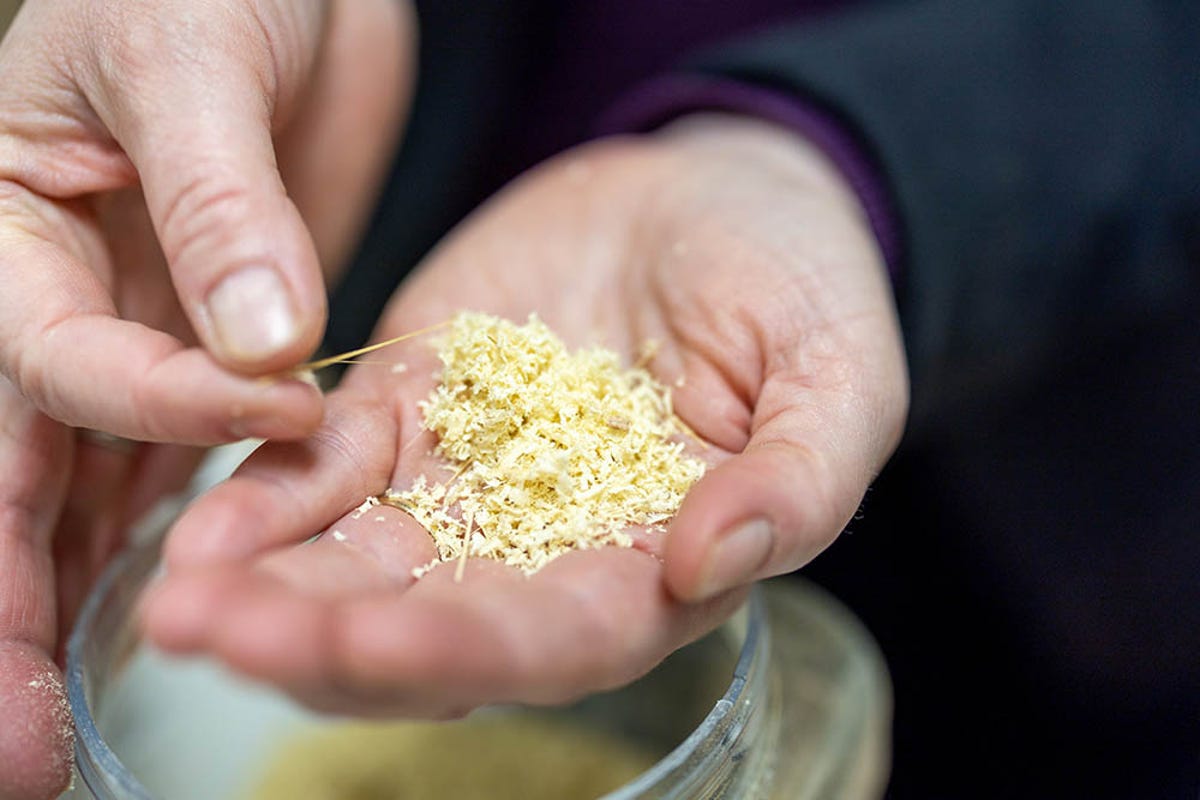
Net negative beats carbon neutral as a climate goal
“XanoGrass is low impact in terms of its effect on the Earth and carbon negative in terms of production,” Wendy says. “It sequesters a significant amount of carbon below the soil.”
The environmental benefits go beyond carbon reduction: XanoGrass is land-use efficient and can recharge depleted soil. The plant also repairs soils by taking up heavy metals and chemicals while remaining viable for fiber uses. The company’s work has had a positive impact on agricultural communities, particularly those with poor soil. Planting XanoGrass adds revenue to farmers’ bottom lines.
Hexas Biomass has planted about 25 acres for use in testing. A particle board pilot project is underway with a multinational home goods company and pilots are in the works in sectors such as pulp, biofuels, and energy pellets.
“We plan to plant millions of acres of our grass,” Wendy says. Not only will this keep many trees standing, reducing carbon impact, it also will play a role in converting poor cropland back into food-producing land and remediating environmental damage from past strip mining and sugar-cane planting.
“More and more people recognize that we need not simply a net zero solution for climate change but a carbon negative solution,” Wendy says. “Even if you pelletize and burn our fiber, we’re still carbon negative. That sets us apart dramatically and has a tremendous impact. We're continuing to reverse what's happening now in terms of climate change.”
We’re teaching the world that you do not have to have a negative impact on nature and our environment to still have the products and goods that we have today.
.jpg?&quality=80&auto=webp&width=1200)
